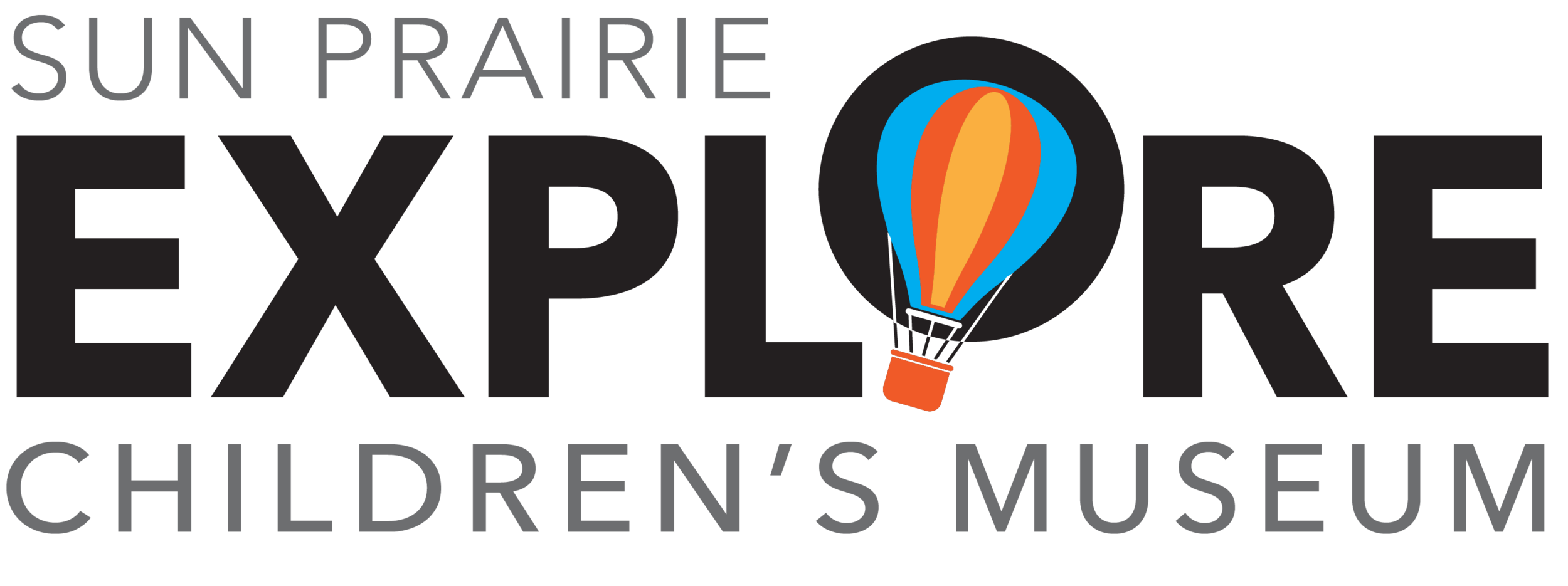Train Table
Brought to you by CI Pediatric Therapy Centers
Why Trains?
Children have been fascinated with trains since there have been trains in America. Our train table is an excellent area for kids to develop on planning and problem skills, dexterity, and spatial awareness.
As your child builds tracks and plans routes, ask them about their process. Where is the train going? What is it carrying? Why did they pick that specific train?
Understanding Play
There are many ways to play. Which ones resonate with your child’s process?
Observant Play - As the name suggest, observant play refers to a child watching other children playing without engaging themselves. This allows them to gain comfort in the situation and learn the rules of play from their peers. This form of play is very common among toddlers.
Solo Play - Beginning in infancy, solo players are completely occupied in their play and may not notice other children. Solo play is important for everyone, regardless of age.
Parallel Play - In parallel play, children engage in their own play activity while others play nearby. They may not obviously interact with each other, they are paying attention and are practicing the groundwork for more social forms of play.
Directorial Play - Directors enjoy being in charge and providing guidance in types of play. They may be the teacher when playing school, or a parent when playing house.
Collaborative Play - This type of play often begins around two years of age as children learn to take turns, share, follow rules, and negotiate.
Remember, there is no “correct” way to play. Each type is important and beneficial, and different categories help to realize individual strengths.









































